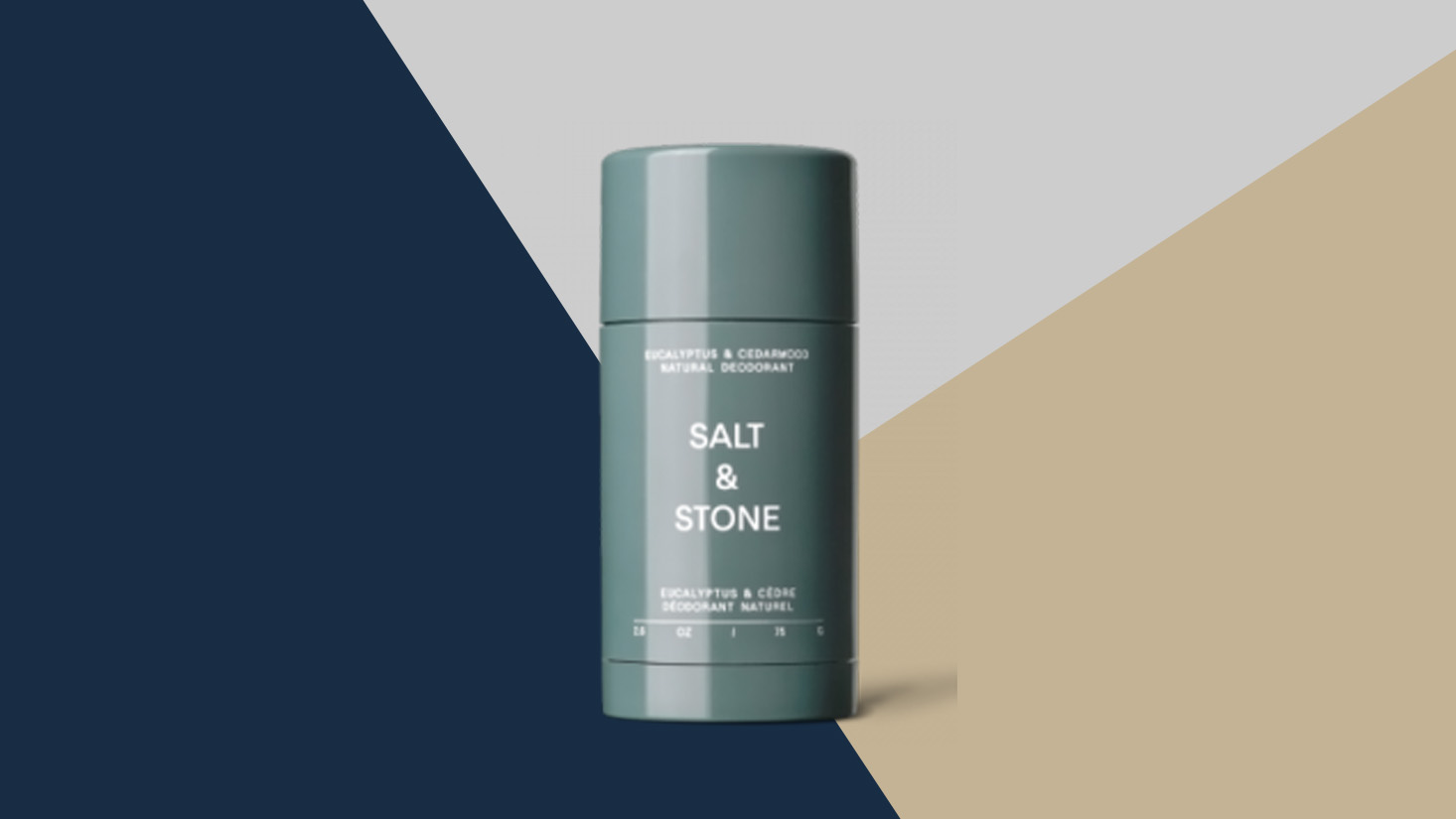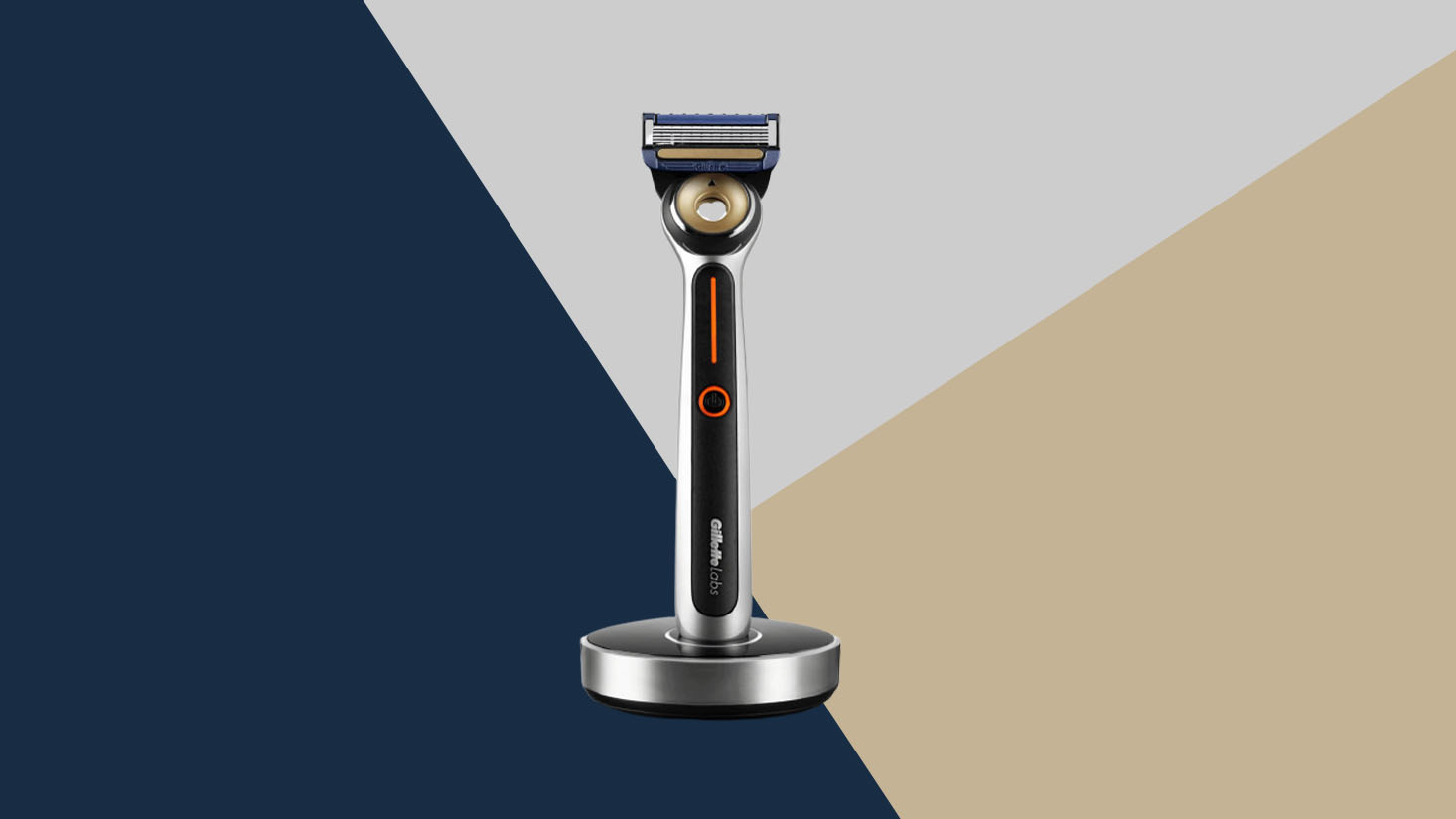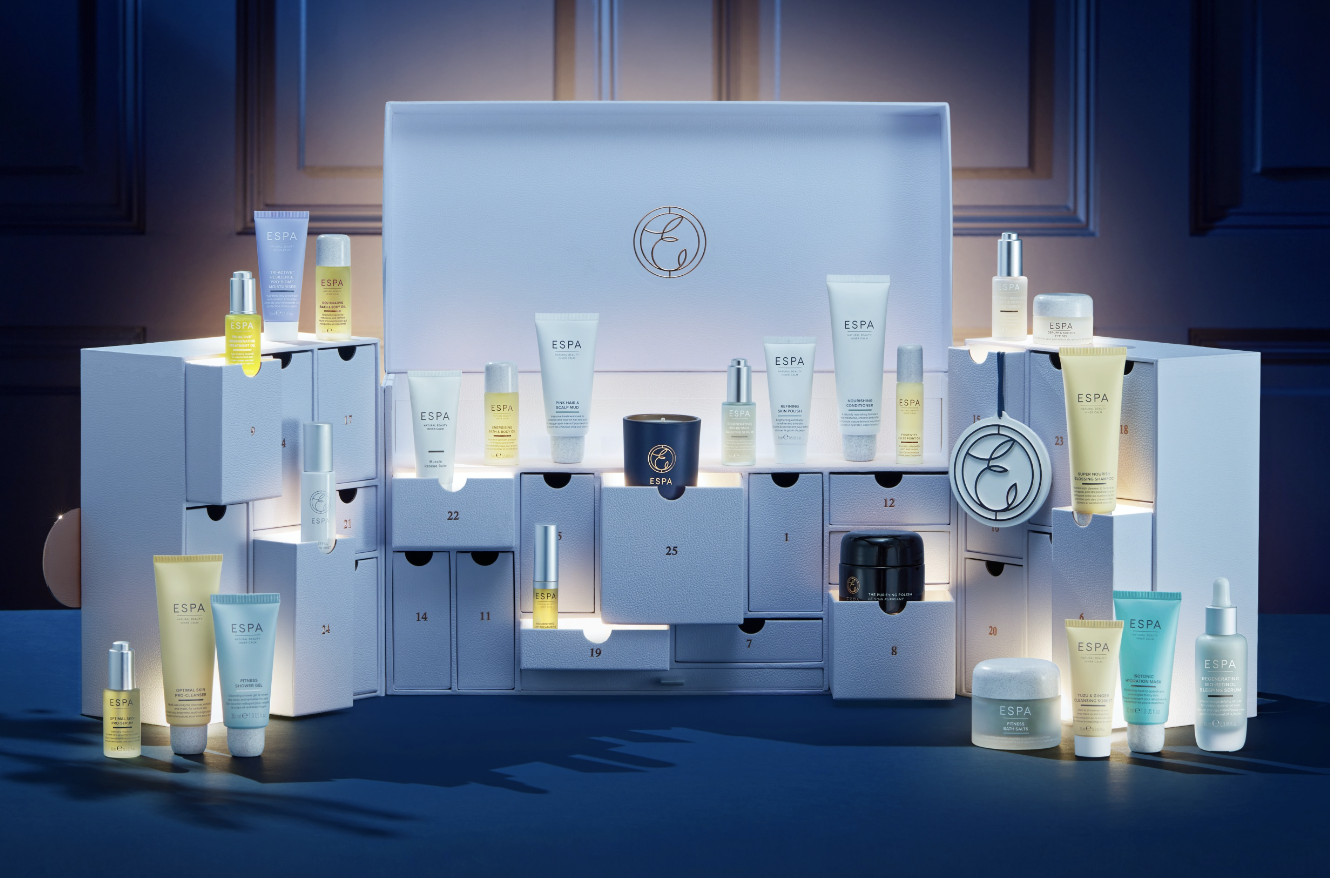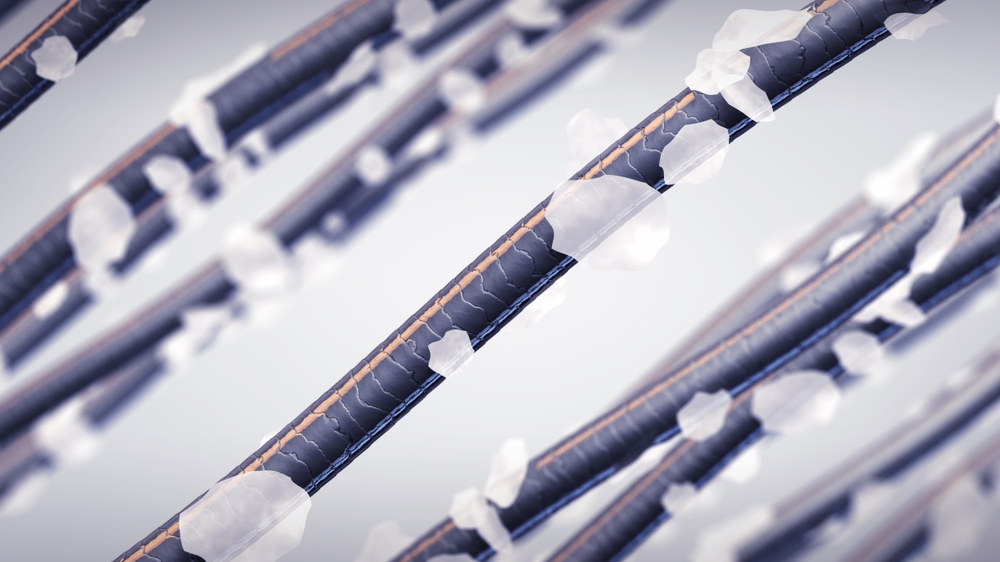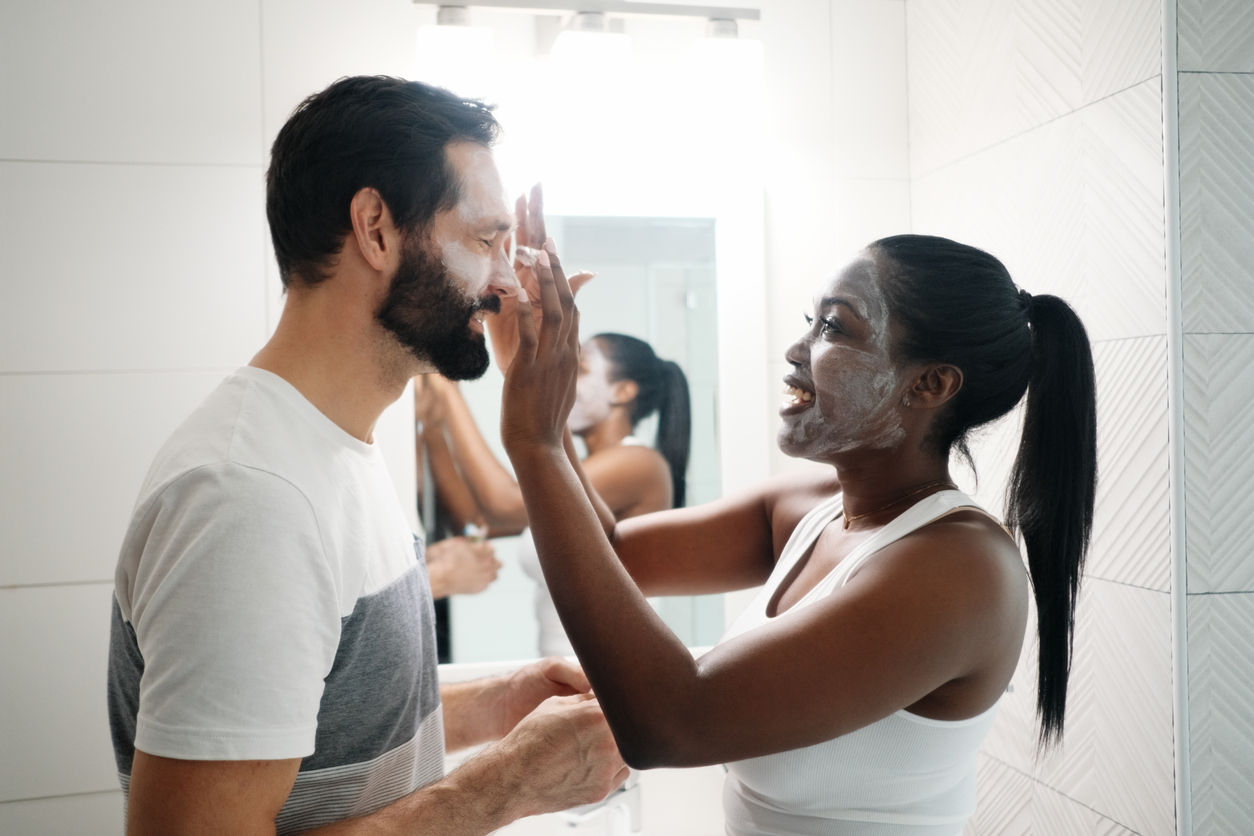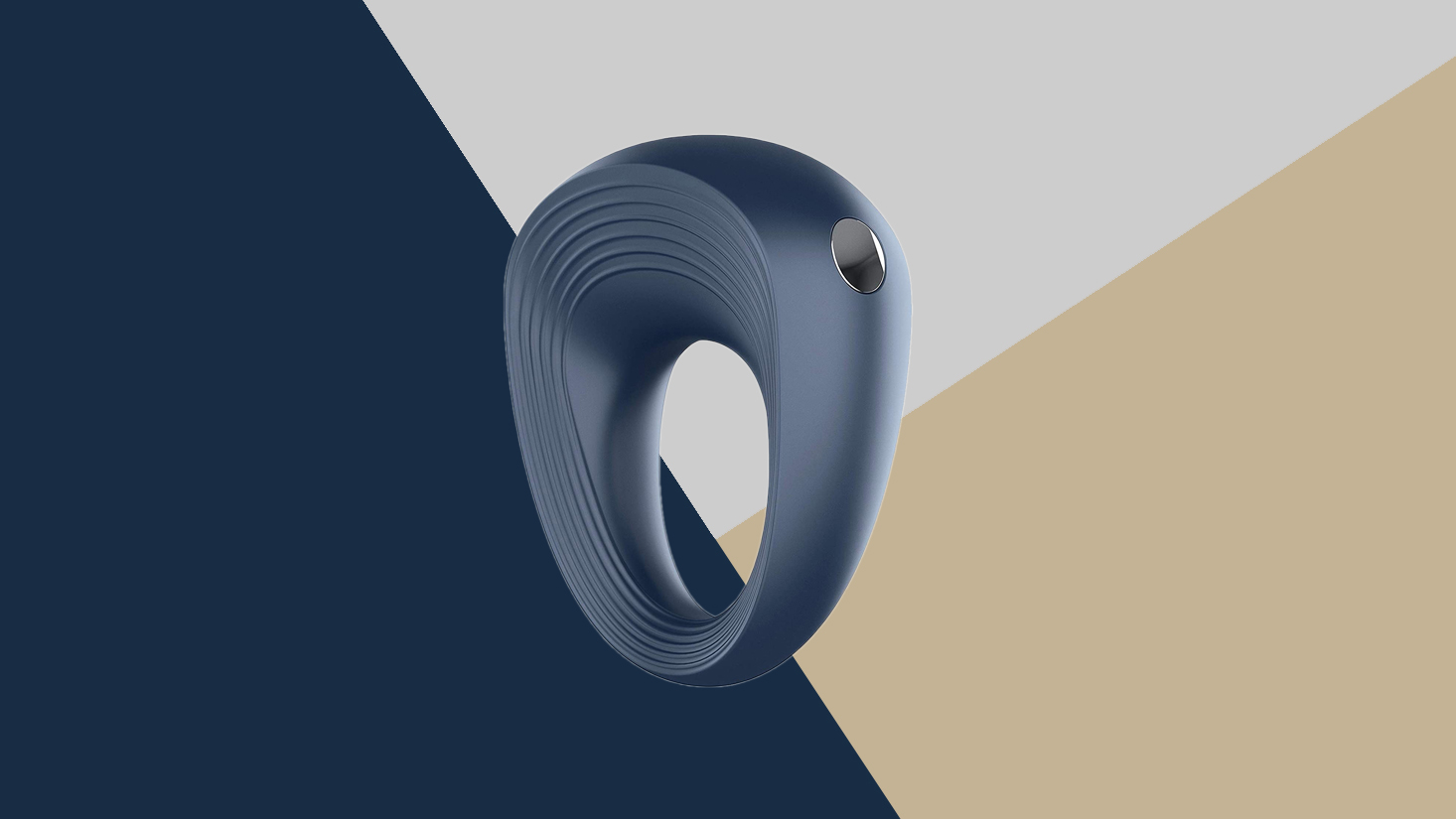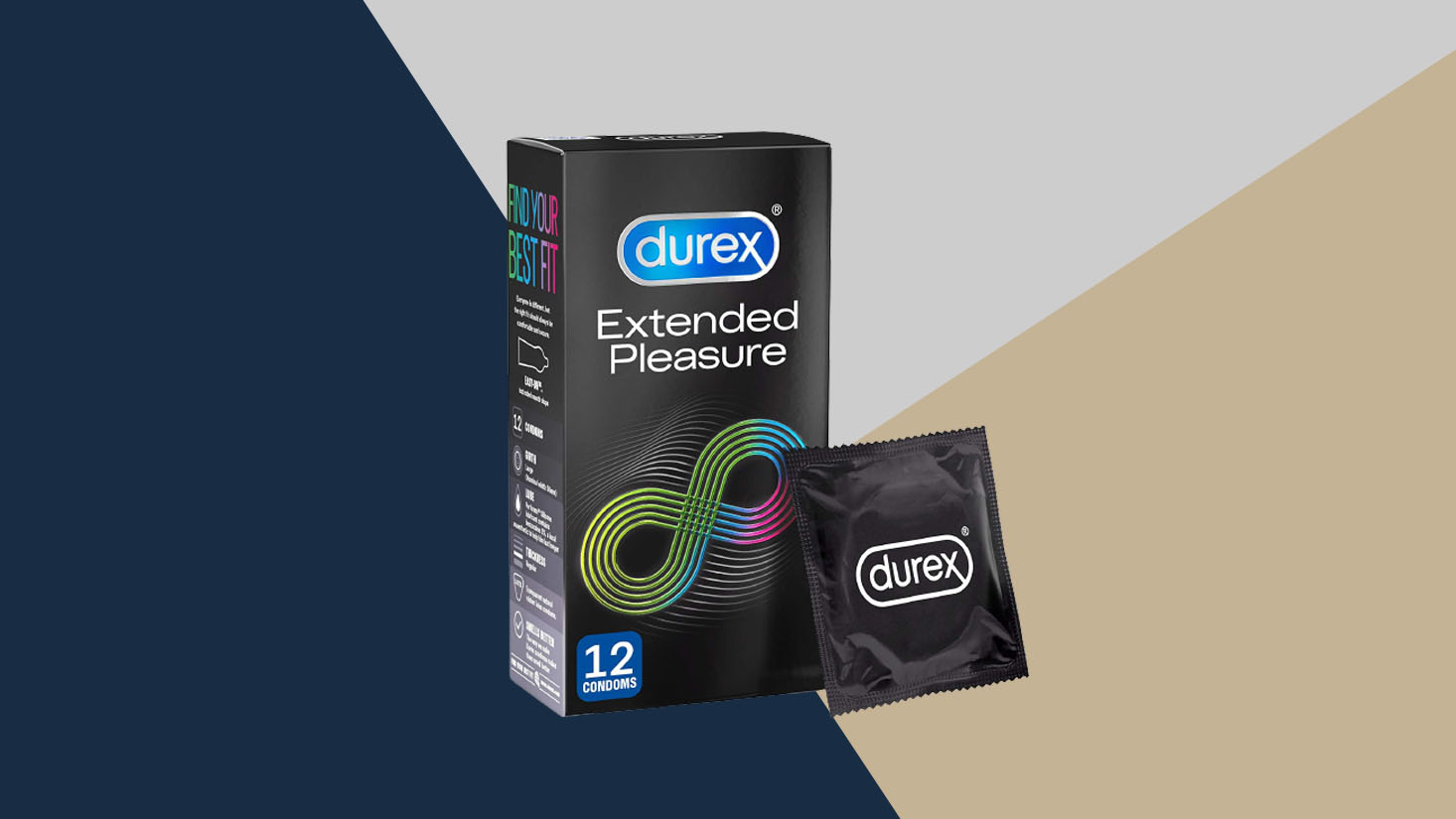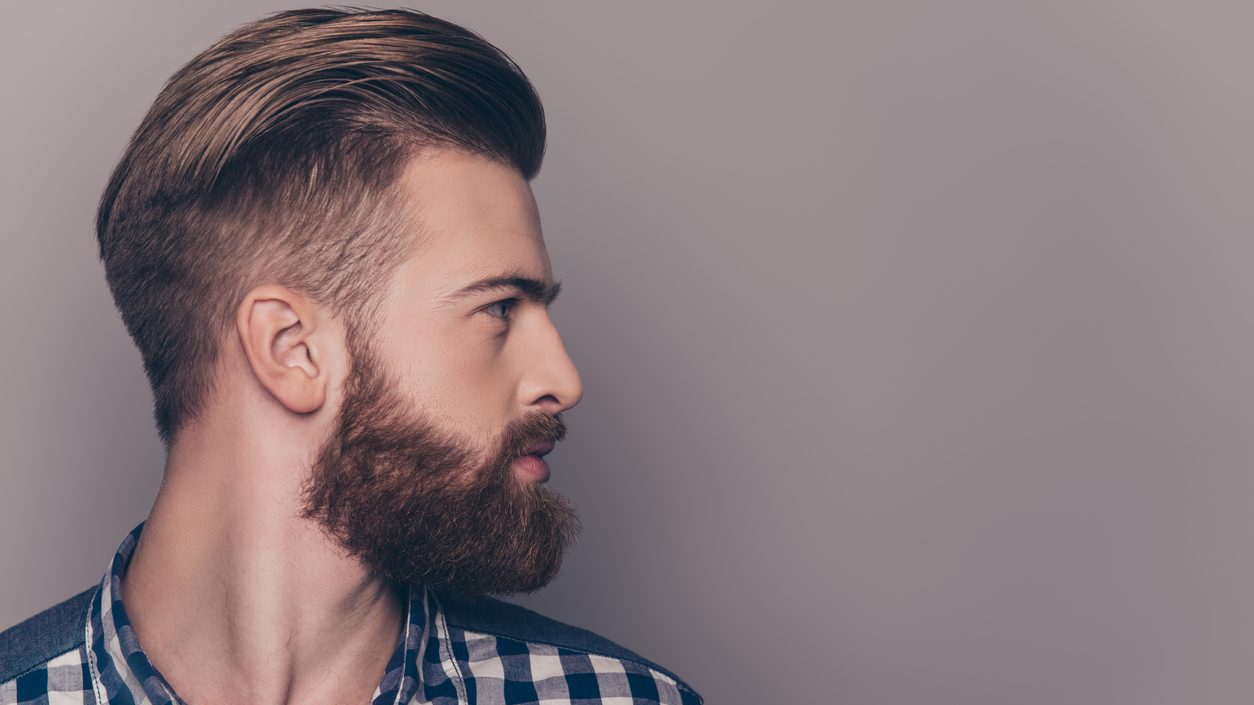
The real reason you have an itchy beard (and how to get relief from “beardruff” for good)
A nyone how has ever grown a beard – or tried to grow one – will know that the first few days are great but then the itching starts.
Sometimes it’s just an inconvenience; at other times it almost feels like it’s burning and soon enough you see flakes of dead skin living in the hairs.
But here’s the kicker: it’s not your beard that’s the problem. It’s your skin.
In this guide, we’ll explain why and how his happens (spoiler: it’s deeper than just dry skin) and list what you can do to get itchy beard relief.
FURTHER READING: Become a ‘beard man’ this year with these top short, medium and long beard styles
Why is my beard itchy? The science of “beardruff” and irritation
 Getty Images/iStockphoto
Getty Images/iStockphoto When you shave regularly, your skin naturally sheds dead cells at a pretty steady rate because shaving acts as a form of mild exfoliation. When you shave, the best razors will scrape off not just the hair, but also a thin layer of skin cells. This is normal and keeps the skin smooth while encouraging fresh cell turnover.
However, when you grow a beard, those naturally shedding dead cells don’t have an easy way to escape. Instead of being exfoliated by the blade, they can become trapped under the beard hairs, leading to irritation.
When you add to this the fact your face produces less oil (sebum) than your scalp, and you’ve got the perfect storm for dryness, flakes, and itching.
FURTHER READING: Beard styles for men with every face shape from round to square and everything in between
Itchy beard causes
Beyond the build-up of skin cells, here are three reasons why your beard is itchy:
1. Your skin is thirsty
Sebum – which is your skin’s natural moisturiser – can’t reach your beard hair as easily as it does the hair on your scalp. The longer your beard gets, the drier it becomes.
When your skin gets dry, it sends signals to your nerve endings, which your brain interprets as itching.
2. Your beard hairs are stabbing you
When beard hairs first grow in, they have sharp edges from the last time you shaved. This is the reason why stubble is so irritating and rough.
Due to the nature of beard hairs, these prickly ends can end up curling back and poking into your skin, triggering irritation. Over time, your beard will soften naturally, but in the early stages, it can feel like a face full of tiny needles.
3. Bacteria, sweat, and products are making it worse
Everyone’s face is home to millions of bacteria – some good, some bad. These bacteria make up your natural skin microbiome and keep it in balance.
If your beard – and by association the skin underneath – isn’t properly washed and conditioned, it can trap sweat, dead skin, and bad bacteria, making irritation worse.
Using the wrong products (like regular shampoo or cheap beard oils) can also strip away moisture, leaving your skin vulnerable.
FURTHER READING: Beard oil for men UK: The best men’s beard oils and how to use them
Itchy beard relief: How to stop itchy beard for good
 Shutterstock
Shutterstock Itchy beard relief wash
All of that said, throwing on some expensive beard oil isn’t going to solve the problem. You need a full beard care routine that tackles dryness, irritation and build up at the same time.
- Step 1: Wash your beard with a dedicated product like the £4 Bulldog Original Beard Wash and Conditioner
- Step 2: Exfoliate to remove dead skin using any face scrub, like the Gnarly Joe scrub.
- Step 3: Hydrate your beard with the right beard oils; those which contain jojoba oil or almond oil are best.
- Step 4: Train your beard, and soften the hairs with a beard balm like the King C. Gillette Beard Balm, to reduce the beard itch.
- Step 5: Watch your diet and hydration levels
Step 1: Wash
We know it’s tempting to just regular shampoo – or even a 5-in-1 body product – on your face. Mainly from a price point of view, but we regret to inform you that your beard needs its own cleanser.
Regular shampoo is too harsh and strips your face of natural oils, making dryness and itching worse. Instead, use a dedicated beard wash that gently removes dirt while preserving moisture.
If you want something cheap but effective, the Bulldog Original Beard Wash and Conditioner does the job well for ~£4. Or you can spend ~£20 for a premium beard wash like the Seven Potions Beard Shampoo. It’s more expensive because its vegan and clean, but also because it comes in a big bottle.
How often? 2-3 times a week is plenty. Overwashing will dry out your skin.
Bonus tip: Use lukewarm water, not hot. Heat weakens hair and can dry out skin.
Step 2: Exfoliate
If you skip exfoliation, dead skin cells pile up under your beard, leading to flakes, clogged pores, and irritation. It can also stop any other products you put on your face from working as effectively because the dead skin cells act as like a barrier.
This doesn’t just irritate your skin, but is a waste of money.
To clear this build, use a gentle facial scrub or a boar bristle beard brush to lift away trapped skin cells. It’s less important that you buy a dedicated beard product for this step, but do stick to a facial scrub, rather than one for your body.
Bulldog’s Face Scrub is a favourite – we’re big fans of the Bulldog range generally, as you may be able to tell – as are the Gnarly Joe scrubs.
If you want to combine steps 1 and 2, you can buy exfoliating face washes like the L’Oreal Paris Men Expert Hydra Energetic Deep Exfoliating Face Wash. Just bear in mind that they don’t always work as well as two dedicated products. But it will save you money!
How often? Exfoliate twice a week – any more, and you risk over-exfoliating and making things worse.
Step 3: Hydrate
 Shutterstock
Shutterstock After washing, your beard (and face) needs moisture. Even if you use a hydrating cleanser, washing removes oil and unless the skin is hydrated, it can become dry.
When looking for the best beard oils, some ingredients are better than others. Look for oils that contain:
- Jojoba oil: Closely mimics sebum, absorbs quickly, and prevents dryness.
- Argan oil: Packed with vitamin E, it softens hair and reduces beard frizz.
- Almond oil: Helps to soothe irritated skin.
Then try to avoid products with silicone. They coat the hair but don’t always hydrate it, leading to build-up and dullness.
How often? Apply beard oil daily, especially after washing.
Step 4: Train
If your beard hairs feel like steel wool, they’re more likely to cause irritation. A good beard balm or conditioner can soften them, helping to get rid of that sharp, poking feeling at the beginning, but also keeping the hair soft as it grows.
The Bulldog face wash recommended above has conditioner built in and does a good job, but to get the best results it’s worth investing in a standalone balm or conditioner. They don’t have to cost a fortune and you only use a small amount each time, so they should last a while.
We like the King C. Gillette Beard Balm. It costs £10 but it contains shea butter, cocoa butter and argan oil so can even double up as a beard oil if need be.
Once you’ve applied the balm, and oil, it’s worth brushing through your beard to make sure the products are evenly distributed. This also prevents tangles and makes the whole beard more tidy and smooth.
How often? Apply beard balm or leave-in conditioner 2-3 times a week.
FURTHER READING: Best beard trimmer UK: Our pick of the best beard trimmers for men in 2022
Step 5: Drink more water
The jury is still out a little on just how impactful drinking more water, and your diet, plays in the health of your skin. However, eating better and drinking more water has lots of benefits so if it helps your skin, then great!
Try to drink more water to keep your skin hydrated and avoid dry, flaky skin. Increase the amount of healthy fats you eat; Omega-3s (found in salmon, walnuts, and flaxseeds) keep skin and hair hydrated, and make sure you’re getting enough biotin and zinc. These nutrients support hair growth and reduce inflammation and are available as supplements as well in foods.
Could your itchy beard actually be a mild yeast infection?
In the vast majority of cases, following the beard care routine above should get rid of the beard itch for good and help with beardruff (as long as you’re being consistent that is). However, in a small number of cases, an itchy beard can be a sign of a yeast infection.
Your face naturally has a fungus called Malassezia, which feeds on skin oils. If your beard traps excess sweat and oil, this fungus can overgrow, leading to redness, itching, and flaking – similar to dandruff on the scalp.
If regular moisturising doesn’t help, or if your skin looks inflamed, an anti-fungal shampoo (like Nizoral) once a week might solve the problem.
MORE LIKE THIS

Subscribe to the MBman newsletter to stay updated




